What is an LED headlight bulb
LED headlight bulbs are aftermarket replacements for factory installed halogen lamps. They are developed to make upgrading conventional automotive headlight systems to LED technology quick and painless, resulting in superb performance, premium efficiency and long life. Vehicle headlights are forward lighting systems that provides a clear view of what’s ahead to a driver during hours of darkness or poor visibility conditions while informing other road users of the presence of the vehicle.
Automotive headlighting
Automotive headlamps are generally configured to be capable of switching the illumination mode between a low beam and a high beam. The low beam (passing beam) of vehicle headlights is used to provide adequate forward and lateral illumination with cutoff of light directed towards the eyes of other road users to prevent them, particularly opposing traffic, from being adversely affected. A high beam (driving beam), on the other hand, give priority to securing the field of view for the driver by providing an intense, far-reaching beam of light with no consideration on the control of light directed towards other road users’ eyes.
Legacy headlighting technology
Conventional headlights are lamp-based systems that use a simple combination of light bulbs and optics to direct a high beam or low beam onto the road. Incandescent bulbs were virtually the only technology used for headlight development up until the emergence of halogen technology. Since the first halogen lamp (H1) for use in vehicles as a headlamp light source was presented in 1962, halogen headlights have become the dominant application and to this very day a large number of vehicles still use this old but established lighting technology. A halogen lamp, also known as a tungsten halogen lamp, uses a halogen such as iodine or bromine to chemically react with the tungsten deposit, producing tungsten halides which redeposits evaporated tungsten on the filament. The halogen regenerative cycle returns all the evaporated tungsten to the filament and therefore extends the lifespan of the filament. The addition of halogen gas allows the filament to operate more efficiently at high temperatures than that of an incandescent bulb, which increases the lamp efficacy and the color temperature of the emitted light.
Although halogen lamps outperform their incandescent predecessors by a decent margin, they convert only a marginal amount of input energy (7% typical) into visible light and burn out after 450 to 1000 hours of operation. Headlight with halogen lamps project only about 1000 to 1500 lumens onto the road. They typically do not throw light far enough to allow drivers to execute an emergency stop when driving at high speeds.
LED technology ushers in a new era of automotive forward lighting
The progress in lighting technology has been thrilling during the last few decades. At this time, great technological advances in solid state lighting are profoundly changing the way light was generated. LED technology is the latest commercially viable push to reinvent the way drivers see the road around them. LEDs are semiconductor devices which emit light through recombination of electrons and holes by application of electrical current across a forward biased p-n junction. The basic building block for a white LED is the n-GaN/InGaN/p-GaN heterojunction which enables a leap forward in source efficiency and service life.
Currently, an average performing LED is more than 42% efficient at converting input electrical power to light. The luminous efficacy of phosphor-converted LEDs for automotive applications is approaching 200 lm/W. While the optical system of a halogen headlight fails to exploit the high efficiency optical delivery capability of LEDs, improvements to light source efficiency alone can bring a startling transformation to the light output of a retrofitted headlight. A typical LED headlight bulb has more than three times the lumen output of a halogen counterpart and also outshines Xenon HID bulbs, while drawing less power. The spectral power distribution (SPD) of LEDs can be precisely engineered to deliver the most appropriate color temperature for the function of light. As such, daylight white illumination (light with a color temperature of around 5,500 Kelvin) can be produced to support visual performance as well as physiological and psychological needs of the vehicle drivers.
LEDs operate more reliably and their solid-state durability lends the headlight bulb greater resistance to shock and vibration. Excellent reliability and durability of the LEDs make it possible to create headlight bulbs that last tens of times longer than halogen lamps.
LED headlight bulbs and LED conversion kits
An LED headlight bulb is a plug-n-play lamp retrofit that is designed to fit the form factor and physical dimension of the legacy light source, has similar light distribution, and follows the same electrical specifications. LED headlight bulbs are interchangeably called as LED conversion kits. Strictly speaking, an LED conversion kit is a product that includes all elements necessary to convert a halogen headlight into an LED system. Such a conversion kit consists of an LED bulb, with a connector ring that holds the bulb securely inside the car headlamp unit, an LED driver, a factory plug adapter, and sometimes a CANbus adapter (also known as capacitor, warning canceller) or resistor.
The LED headlight bulb must be properly sized to be accommodated by the headlight housing which was designed to incorporate halogen headlight bulbs of a specific type, e.g., H1, H3, H4, H7, H8, H9, H10, H11, H16, HB3, HB4, D1S, D2S, D3S, D4S, D5S, D8S, D1R, D2R, D3R, D4R, D5R, D8R. Lamp-based headlights are either reflector systems or projector systems. Reflector headlights use a parabolic reflector which directs the light outward in a dispersed pattern. Projector headlights produce a sharper, more focused beam of light with a hybrid optical system which uses an additional lens to shape light collected by the reflector. The alignment of the LEDs of the LED headlight bulb should replicate that of a halogen bulb that is designed for a particular type of optical system.
Handling the high heat flux
Notwithstanding the dramatic improvement in power conversion efficiency over halogen lamps, more than 50% of the power that are fed into an LED is converted into heat that has to be dissipated from the semiconductor chip through conduction as opposed to radiation as seen in incandescent sources. LEDs are complex devices of which the tightly interdependent photometric, electrical and thermal characteristics pose a great challenge to lamp design. The performance and life of an LED is tied to the thermal management of the device because the lumen degradation mechanism in LEDs is mostly temperature-dependent.
Failure to dissipate the thermal load will overheat the LED package, resulting in accelerated lumen depreciation due to nucleation and growth of dislocations in the active region of the diode and phosphor thermal degradation. Continuous operation as high junction temperatures over long periods eventually leads to device failure. An effective thermal design calls for the use of low thermal resistance, thermally stable LED packages and a robust thermal path from the chip to the ambient environment.
Chip and package technology
The LEDs used in headlight bulbs are high power packages built on ceramic-based, chip scale packages (CSPs), or chip-on-board (COB) platforms. With a thermal path that efficiently extract heat from the active region of the LED, these LEDs offer high drive current capability. High power ceramic packages attach the LED chip to a metallized ceramic substrate and often include an electrically insulated thermal pad.
In addition to the thermal conduction path, the substrate technology drives the fundamental performance of the LED package in high operating temperature environments. A noteworthy practice is Cree’s use of silicon carbide (SiC) as the substrate which creates fewer dislocations and has better thermal conductivity compared to sapphire. The GaN-on-SiC technology creates LEDs that are more reliable and efficacious.
The CSP platform goes a step further by eliminates the substrate and adopt flip-chip technology to reduce the package thermal resistance to a minimum. COB packages or integrated LED arrays mount a large number of small dies onto a metal-core printed circuit board (MCPCB) or a ceramic substrate, which enables a low thermal resistance design. COB LEDs that incorporate flip-chip dies are preferred over conventional wire-bond COBs because they exclude the sapphire substrate and bonding epoxy which have higher thermal resistance.
LED thermal management
The waste heat in a high-power LED is conducted through the PCB or ceramic substrate to a heat sink which then convict the heat to the ambient. The design of the heat sink depends on many variables, including material thermal conductivity, surface characteristics of the heat sink, and physical constraints for the application. The heat sink is constructed from a thermally conductive material such as aluminum or copper. Passive thermal management requires that the heat sink provide a sufficiently large surface area.
The heat sink has an array of fins around a central solid core or bendable aluminum bands at the tail of the bulb, which increase the surface area of the heat sink to facilitate more efficient heat dissipation into the ambient. Active thermal management, on the other hand, uses fans to increase the movement of air through the heat sink. Forced convection is used when the LED thermal load is too high to be properly dissipated by a passive heat sink.
LED driver
The LED driver provides tight regulation and control on the current output provided to the LED load. As LEDs are sensitive to current and voltage fluctuations which could arise within the vehicle electrical system, the driver is designed as a switching power supply that transforms power appropriately and efficiently, regardless of changes in the input voltage or LED forward voltage. It usually operates over a wide operating voltage range of, e.g., 9 to 33 volts. Since switching regulation generates electromagnetic interference (EMI), the design of the driver circuit should address the need for suppression of switching noise.
Some vehicles may require the use of CANbus adapters to avoid either an excessive speed of the blinking or an error message on the dashboard that may occur on vehicles with complex onboard computers. A TIPM Resistor should be installed between the plug adapter and vehicle plug for 2007+ Dodge, Jeep, and Chrysler vehicles.

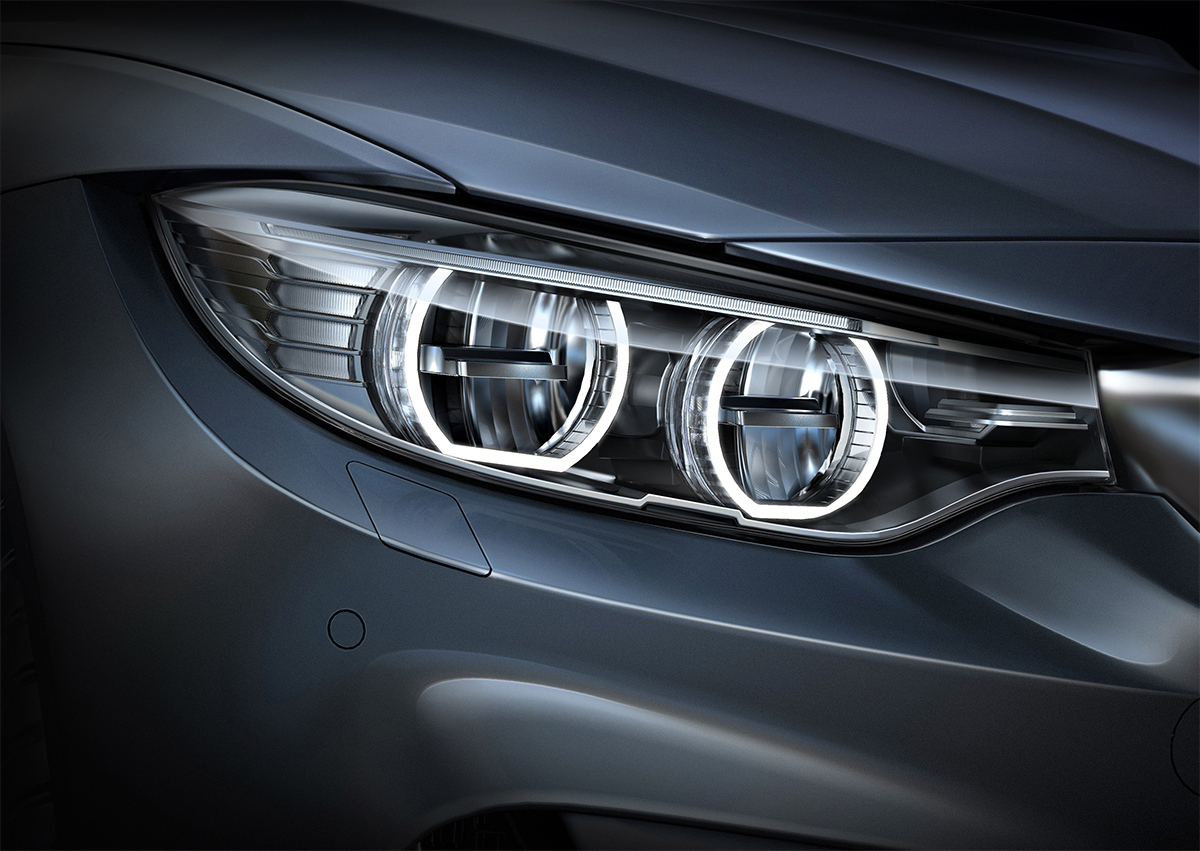
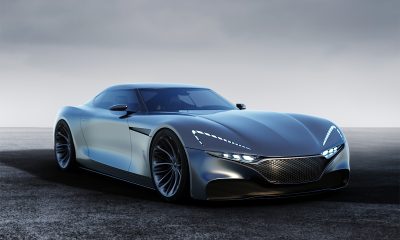
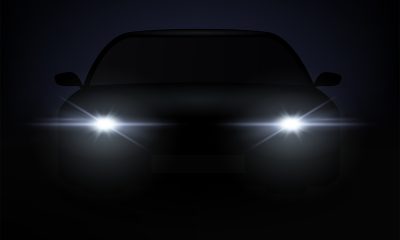
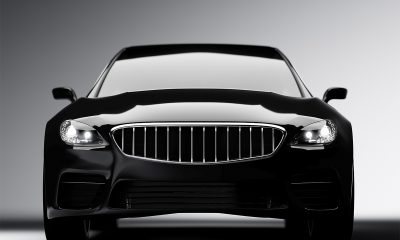


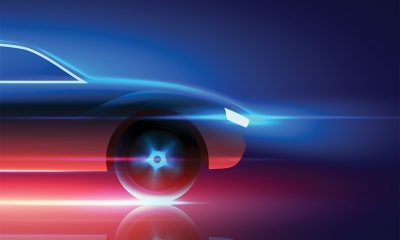

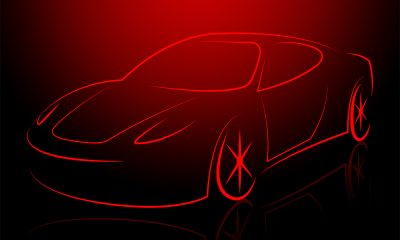


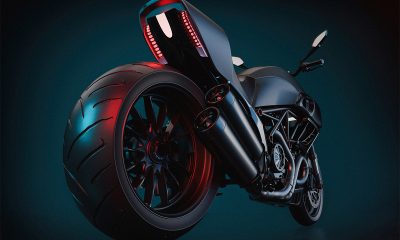
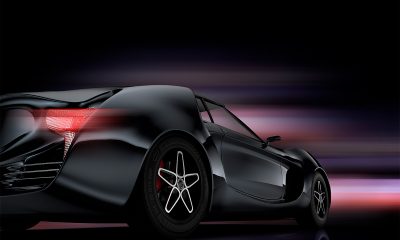





Loading...